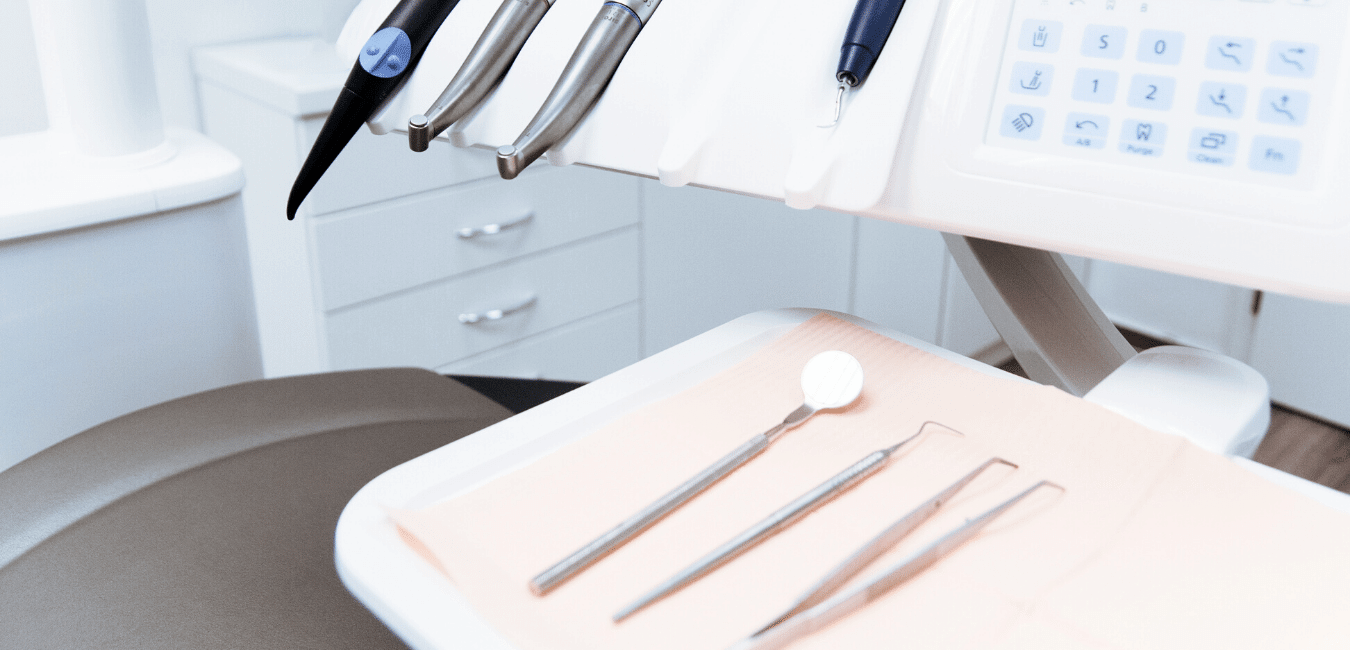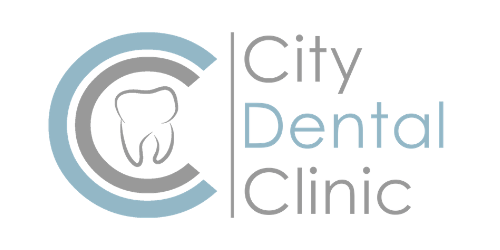Everything you need to know about dental cysts

The dictionary definition of a cyst is ‘a closed sac having a distinct membrane and developing abnormally in a cavity or structure of the body.’ Dental cysts grow slowly in and around the teeth.
You often find them forming in the gums near crowns, on the tips of the roots of dead teeth, pre-emergent molars and teeth which are not healthy. It can be months or even years before patients are aware they have dental cysts as, until they become infected, there is no pain associated with their growth.
How can Cysts be Discovered by a Dentist?
A dentist will rarely discover a dental cyst from a physical dental check-up, as they are generally not visible. Thankfully, today X-rays form a major part in dental check-ups, and this is where the dentist or surgeon will spot the presence of dental cysts, as they will show up as dark patches on the dental X-ray.
A dentist may be able to determine the presence of a very large dental cyst simply by examining the mouth. However, as dental cysts take a long time to grow, this means the patient has left a long gap between check-up appointments.
What are Common Symptoms of Someone who has a Dental Cyst?
Initially there are no obvious dental cyst symptoms, so most patients are unaware of their presence until they become infected. However, there are some subtle symptoms to look out for:
- Sensitive teeth
- Teeth displacement – gaps may appear between teeth
- Loose teeth
- Swelling of a particular gum area
- Discomfort when pressing on a particular area of the gum
- Numbness in the face and numbs due to the cyst pressing on a nerve
What is the Difference between a Dental Cyst and Abscess?
Dental cysts are generally not infected but when they are, they become abscesses. An abscess in the mouth can occur either in a dental cyst or near to one. They often forms due to bacteria in the gum resulting from tooth decay. Small abscesses are usually treated with antibiotics, but large abscesses often require treatment by surgical extraction.
Are there Different Types of Dental Cysts?
There’s more than one type of dental cyst:
Dentigerous cyst – this type of cyst is usually seen nearby or on the crown of an un-erupted wisdom tooth, upper canines or lower wisdom teeth.
Periapical cyst (aka odontogenic or radicular cyst) – caused by trauma or tooth decay, which, in turn, causes death or necrosis of the tooth pulp.
Keratocystic Odontogenic Tumours (KCOTs)
Can Dental Cysts go away on their own?
Dental cysts need to be removed or drained by a dentist. Unfortunately, dental cysts don’t go away on their own.
Can Dental Cysts be Treated with Antibiotics?
A very small dental cyst can often be successfully treated with the use of anti-inflammatories and antibiotics. The body may then absorb the cyst naturally, saving the patient from a dental cyst removal procedure.
Is a Dental Cyst Removal Painful?
Dental cyst removal isn’t painful as the area will be numbed with a local anaesthetic by the dentist before beginning any procedure.
Dental Cyst Removal Surgery
After a thorough examination and X-rays, your dentist will decide which treatment is best for your particular dental cyst. He/she may decide to remove it and the affected tooth. Alternatively, marsupialisation may be used. This is where a slit is made in the cyst and the slit is then sutured open so the cyst can freely drain itself.
Dental Cyst Removal Procedure
A few days before the dental cyst removal procedure, the dental practice’s dental hygienist will perform a thorough cleaning and polishing of the teeth. An oral probiotic is often given at this time to increase the good bacteria in the saliva which will help the healing process.
If a root canal treatment is needed, this procedure is usually done before the dental cyst removal. The cyst will be removed under local anaesthetic. Many dentists offer the opportunity of being sedated throughout the whole procedure.
It’s quite probable that the dental surgeon will also remove the tooth associated with the dental cyst. In some cases, bone graft material may be used to fill the empty space left by the cyst removal. The wound site will then be closed with sutures.
Frequently, the tissue which the surgeon removed is sent to a path lab to ensure the cyst is a cyst and not a tumour.
When Does it Need to be Extracted Surgically?
Dental cysts are removed surgically when they are located deep in the jawbone and cannot be reached by a simple tooth extraction.
Dental Cyst Removal Recovery Time
Recovery time from dental cyst removal is usually just a couple of weeks. That’s how long it takes for the site to heal and for the numbness to disappear.
